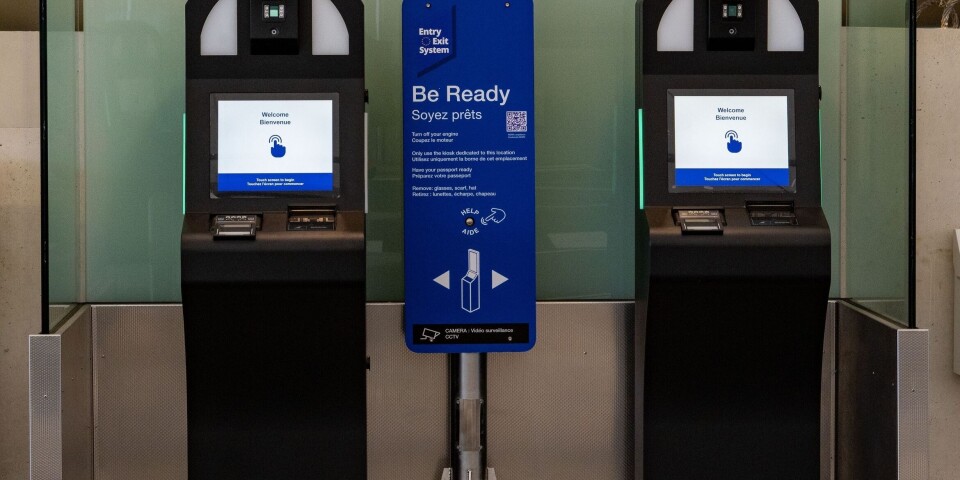French city increases ‘bin tax’ by more than 90% in five years
The city is not the only one to increase the tax by a significant percentage
Revenue from the TEOM is used to pay for waste collection and treatment costs
Krzysztof Pazdalski/Shutterstock
Rates for waste collection in Rennes (Ille-et-Vilaine, Brittany) have risen by more than 90% in five years, data shows, with many other cities having increased the tax by around 50%.
Rates in the city of Rennes rose by 94.1%, while in Aix-en-Provence (Bouches-du-Rhône, PACA) they rose by 54.9%. Reims (Marne, Grand Est) increased by 49%.
The results come after national property owners’ union l’Union nationale des propriétaires immobiliers published its latest annual property tax report, l’Observatoire des taxes foncières (2025).
‘Bin taxes’ or household waste taxes are called taxe d’ordures ménagères (TEOM) in France, and they are calculated based on local rental values (valeurs locatives) and overall property tax rates (taux d’imposition). The former are linked to inflation rates and are set by MPs. The latter is set by local authorities.
Revenue from the TEOM is used to pay for waste collection and treatment costs. The revenue cannot exceed these costs; if it does, this is considered to be a budgetary offence. However, authorities can use any excess revenue to invest in improved systems, such as more lorries or more efficient, eco-friendly waste treatments.
The figures show changes in rates for the largest 50 towns and cities nationwide.
The 5 cities with the biggest TEOM increases
Rennes (94.1% increase, to an average of €378)
Aix-en-Provence (54.9%, to €645)
Reims (49%, to €376)
Montpellier (47.9% to €612)
Argenteuil (46.8% to €386)
Nathalie Appéré, mayor of Rennes and president of Rennes Métropole, said the city would “reassess in the summer of 2026”, but its increase was so high because “in 2020, the tax rate was particularly low”, she told Le Figaro.
The increase is also due to the city’s updating of an ‘energy recovery unit’, which uses household waste to generate “100% renewable, local and cheaper energy for users”, she said.
Even after a 94.1% increase, average TEOM rates in Rennes are still low compared to many other cities (€378 compared to the top rate of €707 in Marseille).
The 5 cities with the lowest TEOM rises
Asnières-sur-Seine (1.9% increase, to an average of €400)
Mulhouse (4.1%, to €394)
Toulouse (11.9%, €325)
Angers (12%, €351)
Villeurbanne (13.3%, €234)
Orléans was the only city on the list to have reduced TEOM rates, by 22.1%, to an average of €257, putting it among the cities with the lowest rates overall.
The 5 cities with the highest average TEOM rates
In mainland France (not including overseas departments, which have higher rates):
Marseille (€707)
Aix-en-Provence (€645)
Montpellier (€612)
Paris (€526)
Le Havre (€525)
The 5 cities with the lowest average TEOM rates
Brest (€215)
Villeurbanne (€234)
Nanterre (€243)
Lyon (€244)
Orléans (€257)
Who pays the TEOM?
The owner of the property, normally. Landlords of rented properties can ask their tenant to pay the TEOM for the removal of waste, but any extra ‘waste management’ fees on top of that must be paid by the owner.
Some cities (such as Besançon) also charge an incentive fee to encourage householders to reduce their waste.
Even householders who are exempt from paying property tax la taxe foncière must pay the TEOM and any associated costs.
Changing rates and taxes
TEOM rates do not necessarily rise every year; it depends on the local mayor and your metropolitan authority, as well as property rates and rental averages in the area. In some cases, mayors do not increase fees in election years (as a way to increase their popularity with voters).




























